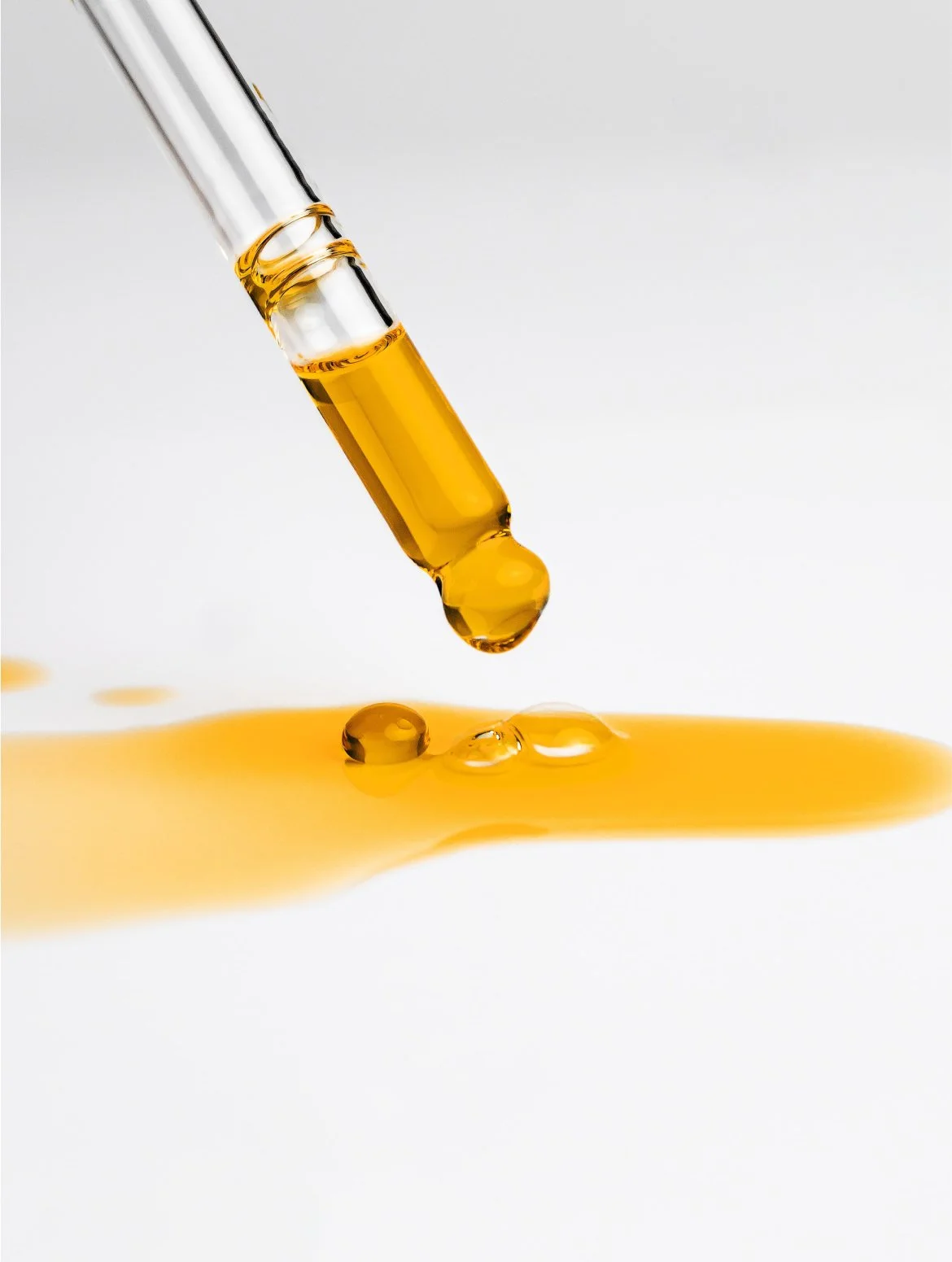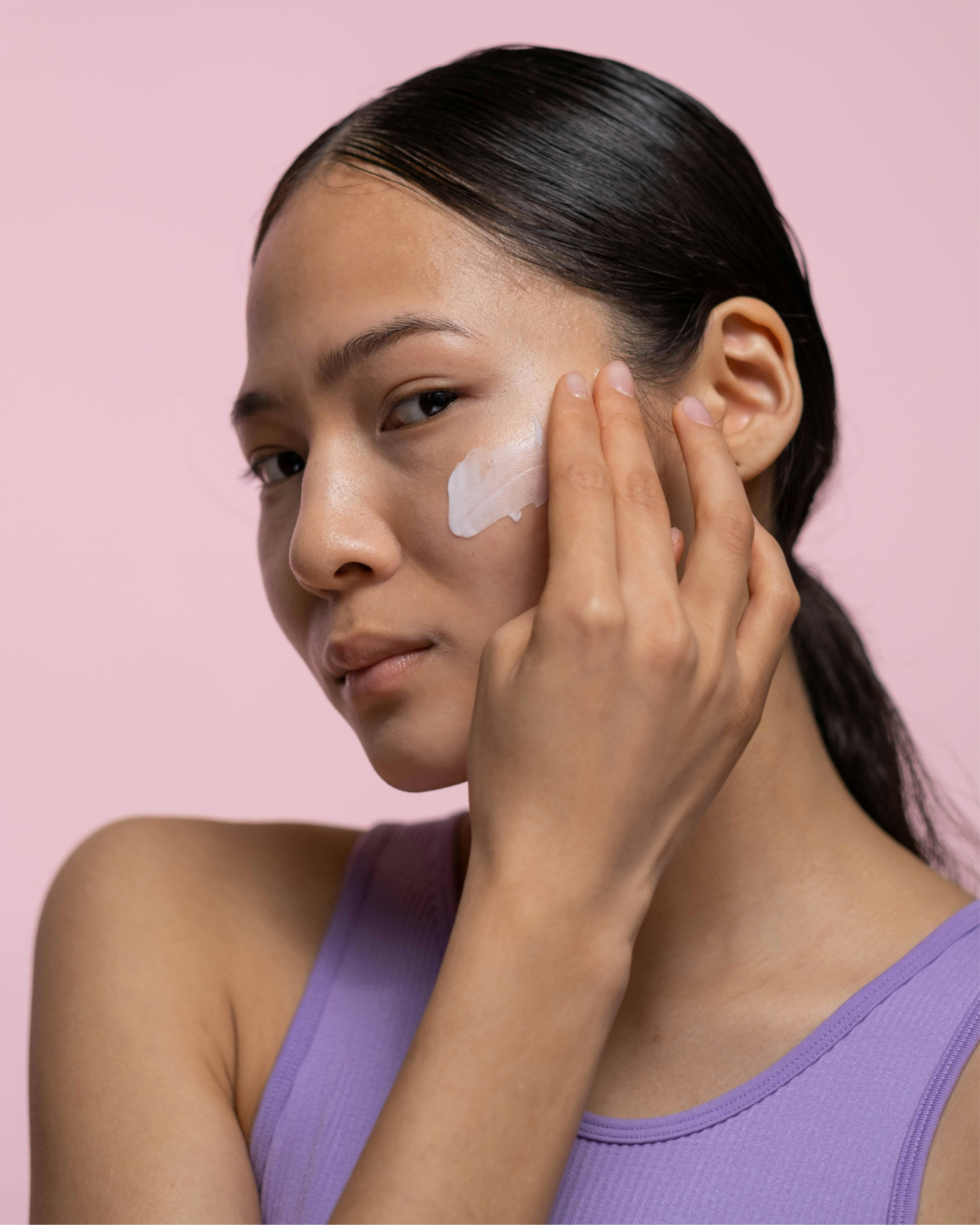Debunking Skincare Ingredient Myths One by One
As a skincare business owner or someone who’s looking into how to start a skincare line, knowing and being able to debunk certain skincare ingredient myths is crucial.
That might not always be the easiest job as trending skincare ingredients are always changing and what’s been deemed good is suddenly seen as harmful by consumers. You need to have a clear understanding of your products’ ingredients so you can educate and show your customers the beneficial properties of your skincare line.
To help you understand why some myths are just myths and where there’s some truth in them, I’ve compiled a list of the most popular ones so we can debunk and go through them together. Ready for some myth busting? Let’s roll!
Table of Contents
Myth: Alcohol in skincare is a big no-no
To fully understand and approach this myth, we first need to look at what alcohol actually is.
Usually, when we hear alcohol, we think of beverages that contain ethanol. In science, alcohol is a type of organic compound. There are many types and groups of alcohols with different properties and use cases.
And since there’s a big variety of alcohols, their use in skincare varies. Alcohol in skincare can serve several purposes. It can act as a preservative preventing bacterial and fungal growth in cosmetic products, it can help absorb other ingredients, and help reduce oiliness and shine. It can also have an antibacterial effect. So, some alcohols are good or neutral for your skin and some are not so great.
For example, fatty alcohols (like cetyl alcohol, behenyl alcohol, cetearyl alcohol) are considered the good kinds of alcohol for the skin. This type is usually non-drying and can even have softening and moisturizing properties. Often, fatty alcohols are the base for moisturizers and lotions.
Alcohols that aren’t the best for normal and dry skin will dry it out and can cause irritation in the long term (drying alcohols). Such alcohols are ethyl alcohol, isopropyl alcohol, propanol, and others.
Another thing you should look at in product ingredients is the alcohol concentration. Generally low concentration of alcohol in skincare is about 5%, it evaporates completely while the product is applied to the skin. Starting from 10% and up is considered high concentration.
Most people’s skin is fine with a low concentration of alcohol in skincare. If you can’t find precise percentages on the product label, a good rule of thumb is: the higher (earlier) an alcohol is in the ingredient list, the higher the concentration.
So in conclusion, this skincare ingredient myth is not fully true. It depends on what kind of alcohol is in your skincare — fatty alcohol or drying alcohol. When you see a product you like, I encourage you to do a quick Google search of the alcohol in it or chat with your private label skincare partner. Figure out if it’s generally safe for all skin types (fatty alcohol) or will dry or irritate your skin (drying alcohol).
Myth: Fragrance in skincare is bad
Fragrance is pretty straight forward. It’s all the ingredients or blend of ingredients that add a pleasant smell to your skincare product or masks the smell of other, perhaps less pleasant, ingredients.
Fragrances (or parfums) can be divided into two groups:
Synthetic fragrances: Lab-made molecules to create or replicate scents.
Natural fragrances: Made from essential oils, plant extracts, resins, flowers, and other natural ingredients.
You have to keep in mind that synthetic doesn’t automatically mean bad, and natural doesn’t mean good. The same as we saw with alcohol before, there are nuances.
Both types of fragrances can irritate very sensitive skin, especially for people with skin conditions like eczema. But the good news is that most people tolerate fragrance just fine, especially in small concentrations.
When you want to find out the concentration of fragrance in the product, the aforementioned rule is still true: the higher fragrance is in the ingredient list, the higher its concentration. On average the proportion of fragrances in skincare products is quite low. It is between 0.2 and 1 percent. This is usually not enough to cause an allergic reaction.
In the ingredient list, you’ll find fragrances under different names: fragrance, parfum, essential oil or extract, or even masking agent (this is the one that masks smells of other ingredients).
Another important note about fragrances is that unscented/fragrance-free and fragrance don't mean the same thing. Unscented products can still have some natural fragrances in them to mask other smells, whereas fragrance-free means that there are no synthetic scenting agents added at all.
To sum up, this skincare ingredient myth is only partially true. If your skin is particularly sensitive or allergy-prone, you should be careful when choosing scented products and maybe opt for fragrance-free skincare. For other skin types and in products with a small concentration of fragrance it’s generally safe.
Myth: Natural and organic ingredients are ineffective
Next, let’s dive into natural and organic ingredients and whether they are effective.
In the U.S., the term natural in cosmetics isn't defined by law, unlike in Europe. As a result, it is not regulated and can be used freely in marketing. This means that, for products made in the U.S., natural is often just a buzzword. For this reason, it is always a good idea to take products labeled as natural with a grain of salt, unless their claims are backed by a certified standard.
The usage of the term organic, on the other hand, is regulated by the U.S. Department of Agriculture (USDA). USDA’s National Organic Program (NOP) sets strict standards of all agricultural ingredients which includes organic components.
Cosmetic products containing agricultural ingredients that meet USDA/NOP standards can be certified as:
100% organic: Products must contain (excluding water and salt) only organically produced ingredients.
Organic: Products must contain at least 95% organically produced ingredients (excluding water and salt).
Made with organic ingredients: Products contain at least 70% organic ingredients and product labels can list up to three of the organic ingredients or “food” groups on the principal display panel.
Source: U.S. Department of Agriculture
Products that contain less than 70% organic ingredients can’t be labeled as organic and will not be approved as such by the USDA. If you’re selling private label products, you should really note this information down to not run into any problems with the law because it applies equally to e-commerce and brick-and-mortar stores.
But now, are organic products effective? In short, yes, of course they are! The misconception might come from the fact that a lot of organic products aim to be gentle and mild which can be mistaken for ineffectiveness. In reality, a lot of highly effective products include organic ingredients and their effectiveness is proven by extensive tests and research. Let’s look at just a few of them!
Aloe vera is soothing and anti-inflammatory. It’s widely used for sun burns and irritation.
Vitamin C is found in citrus fruits and is great for brightening skin and boosting collagen production.
Shea butter deeply moisturizes and restores the skin barrier. By the way, it includes fatty acids that we looked at above!
Green tea extract is high in epigallocatechin gallat (EPCG) which is a potent antioxidant that reduces inflammation and protects skin against UV damage.
So, we can for sure say that this skincare ingredient myth is not true! There are plenty of organic ingredients in skincare that are effective, it just depends what properties you’re looking for and what your skin type is.
Myth: Retinol alternatives do not work as well as retinol
Next up, let’s look at the skincare ingredient myth that retinol alternatives don't work equally as well as retinol.
Retinol is the gold standard when it comes to anti-aging ingredients. It smooths fine lines, improves pigmentation, and helps prevent clogged pores.
Often retinol alternatives concentrate on gentleness on your skin and you may not see as fast and dramatic results as with retinol. But that doesn’t mean that alternatives are not effective — they still are in the long term.
Let’s look at some proven alternatives to retinol.
Natural Retinol Alternative Oil Serum with bakuchiol
Bakuchiol is an ingredient derived from the plant Psoralea corylifolia. Studies show that retinol and bakuchiol show similar anti-aging properties over the same amount of time. The best part? It’s proven that bachuciol causes less irritation which means that this might be a great alternative for people with sensitive skin.
“Bakuchiol and retinol both significantly decreased wrinkle surface area and hyperpigmentation, with no statistical difference between the compounds.”
Peptides such as collagen also improves your skin and has anti-aging properties. Combined with other active ingredients, peptides will smooth and firm your skin. Keep in mind that peptides don’t exfoliate your skin like retinol would.
Niacinamide is a type of vitamin B3, therefore it’s not a structural match to retinol (which is part of the vitamin A family), but it improves skin tone, strengthens the skin barrier, calms redness, reduces irritation (unlike retinol), and can indirectly boost collagen too, making it a good alternative.
As you can see, this myth is also not true! Even though retinol might be one of the most popular ingredients to use in anti-aging products, there are different alternatives that match it and might even be more beneficial for those with sensitive skin issues.
Myth: Face oils make oily skin worse
On paper this claim makes sense, because when you add oil to oil, you just get a lot of oil, right? But it’s really not that straight forward, and let’s see why!
Firstly, some oils do feel very heavy and greasy on your skin which could lead you to think that your pores are clogged. However, you shouldn’t mistake oiliness with comedogency (likelihood of clogging pores). Many oils aren’t comedogenic when you use them appropriately.
The right oils can be beneficial even for oily skin as they can balance the sebum your skin produces naturally, improve skin hydration, and even reduce breakouts.
Selfnamed’s Calming Facial Oil has skin calming and sebum-controlling benefits.
Here are some oils that are lightweight, non-comedogenic, and work well for oily skin:
Jojoba oil is close to skin’s natural sebum and can make glands slow down on oil production,
Rosehip oil is high in fatty acids and can brighten and regenerate your skin,
Squalane is super light on the skin and hydrates well without leaving greasiness,
Hemp seed oil can soothe irritation and balance oils.
As you can see many oils are beneficial even for oily skin, but there are heavy, comedogenic oils that you should steer clear of if oiliness is an issue. These include coconut oil, avocado oil, argan oil, almond oil, and apricot kernel oil to name a few.
So overall, this skincare ingredient myth is partially true. It all depends on how comedogenic certain oils are in order not to make someone’s oily skin situation worse.
Myth: Sunscreen is not needed on a cloudy day
Did you know that as much as 80% of UV rays can still penetrate clouds and reach your skin even when it’s cloudy? That’s right, it means that you still need sunscreen on days when you can’t see the sun peeking out.
UV rays are very harmful for your skin, can lead to premature aging, and raises the risk of skin cancer, if you don’t apply sun protection. And even brief exposure to the sun can lead to long term effects.
So to keep it short, this skincare ingredient myth is 100% false. Wear sunscreen every single day, and yes, even indoors, because most windows aren’t covered with UVA filters and can let the harmful rays impact your skin. Trust me on this one, you’ll want happy and healthy skin now and when you’re older too, and proper sun protection might be one of the contributing factors to that!
Wrapping up skincare ingredient myth busting
The world of skincare is always evolving and with an abundance of information online, it’s not always easy to tell fact from fiction.
Don’t let myths give you doubts about your products or their ingredients, but rather use them to your advantage.
Now you’re better educated on the myths in the skincare space and can pass on that knowledge to your customers. I’m certain they will appreciate your confidence and trust in your ingredients, resulting in more sales and happy customers. Good luck!
Frequently Asked Questions
-
This is a myth that is not entirely true. It depends on the type of alcohol. Fatty alcohols, like cetyl or cetearyl alcohol, are non-drying and can be moisturizing.
However, alcohols, such as ethanol or isopropyl alcohol, can dry out the skin and cause irritation in the long term.
A good rule of thumb is – the higher (earlier) an alcohol is in the ingredient list, the higher the concentration.
-
Fragrance, whether synthetic or natural, can irritate very sensitive skin, but most people tolerate it just fine, especially in small concentrations.
Fragrance-free means no scenting agents have been added, while unscented products can still contain ingredients to mask other smells (like essential oils).
-
No. The misconception often comes from the fact that many organic products aim to be gentle and mild. In reality, many highly effective products include organic ingredients, and their effectiveness is proven by extensive tests and research.
-
While some oils can feel heavy and greasy, many are non-comedogenic and can be beneficial for oily skin.
They can balance sebum production, improve hydration, and even reduce breakouts.
-
Yes. It is a skincare myth that is 100% false. As much as 80% of UV rays can still penetrate clouds and reach your skin, which can lead to premature aging and raises the risk of skin cancer. Sunscreen is needed every single day, even indoors.
Must read

















